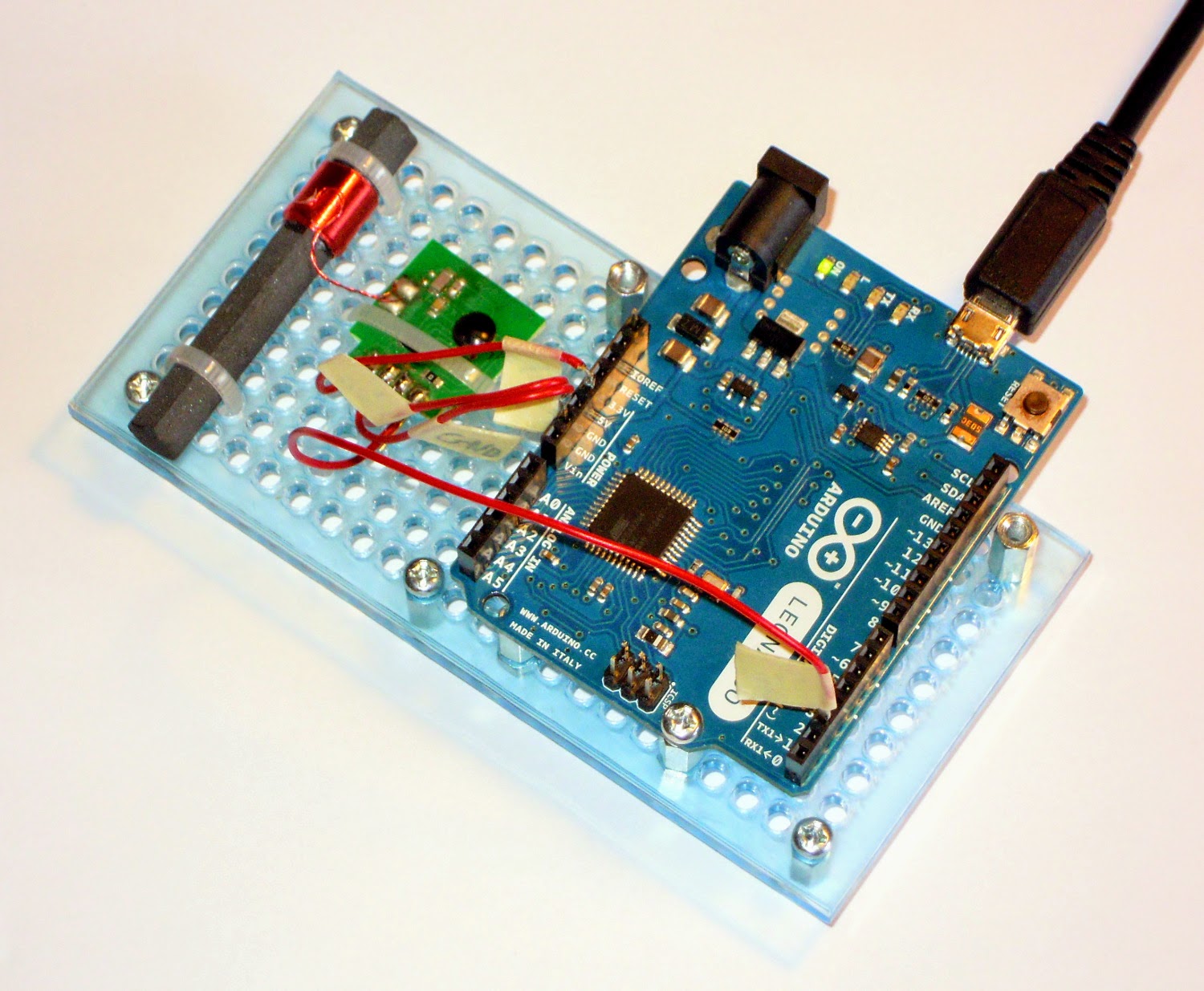The next step after soldering the controller and amplifier boards is building the antennas. I'll start with the H-field antenna. The
manual describes two different kinds of H-field antennas that consists of two orthogonal coils:
- Loop antennas have no core, a big diameter and only a few turns.
- Ferrite rod antennas have a ferrite core, a small diameter and many turns.
I decided to build a shielded loop antenna with a diameter of 92cm and 8 turns in each loop. The main reason for a loop antenna was that the manual advised against winding my own ferrite rod antenna and suggested buying ready made ones. But that's boring.
Bill of materials:
- 6m of 15mm soft copper pipe acts as shield against E-field noise
- 50m of 1.5mm² insulated single-core copper wire (H07 V-U) to form 8 turns in the copper pipe
- 1m of 75mm plastic pipe acts as center post (not shown)
I build a simple jig out of some scrap wood to help me bending the soft copper pipe into nice and even semicircles with 92cm diameter:
The four copper semicircles are done:
I use a 75mm plastic pipe as center post with 15mm holes 92cm apart to hold all the semicircles. The image shows the top part of the plastic pipe and a semicircle with a wire soldered to it that will be used to ground the shield:
I split the 50m of copper wire into two 25m sections, one for each coil, and prepare it for winding into the copper pipes:
Here is the first loop done with 8 turns in the copper pipe:
The second loop is almost done. I take the prepare copper wire and wind it into the copper pipes basically the same way as you would wind a typical key ring onto a key. My key ring just has 8 turns instead of 2.
Both loops are done. The image shows the antenna upside down. The next steps include testing the antenna with the H-field amplifier and building some kind of stand for it, because it is really unstable and easy to tip right now.





























